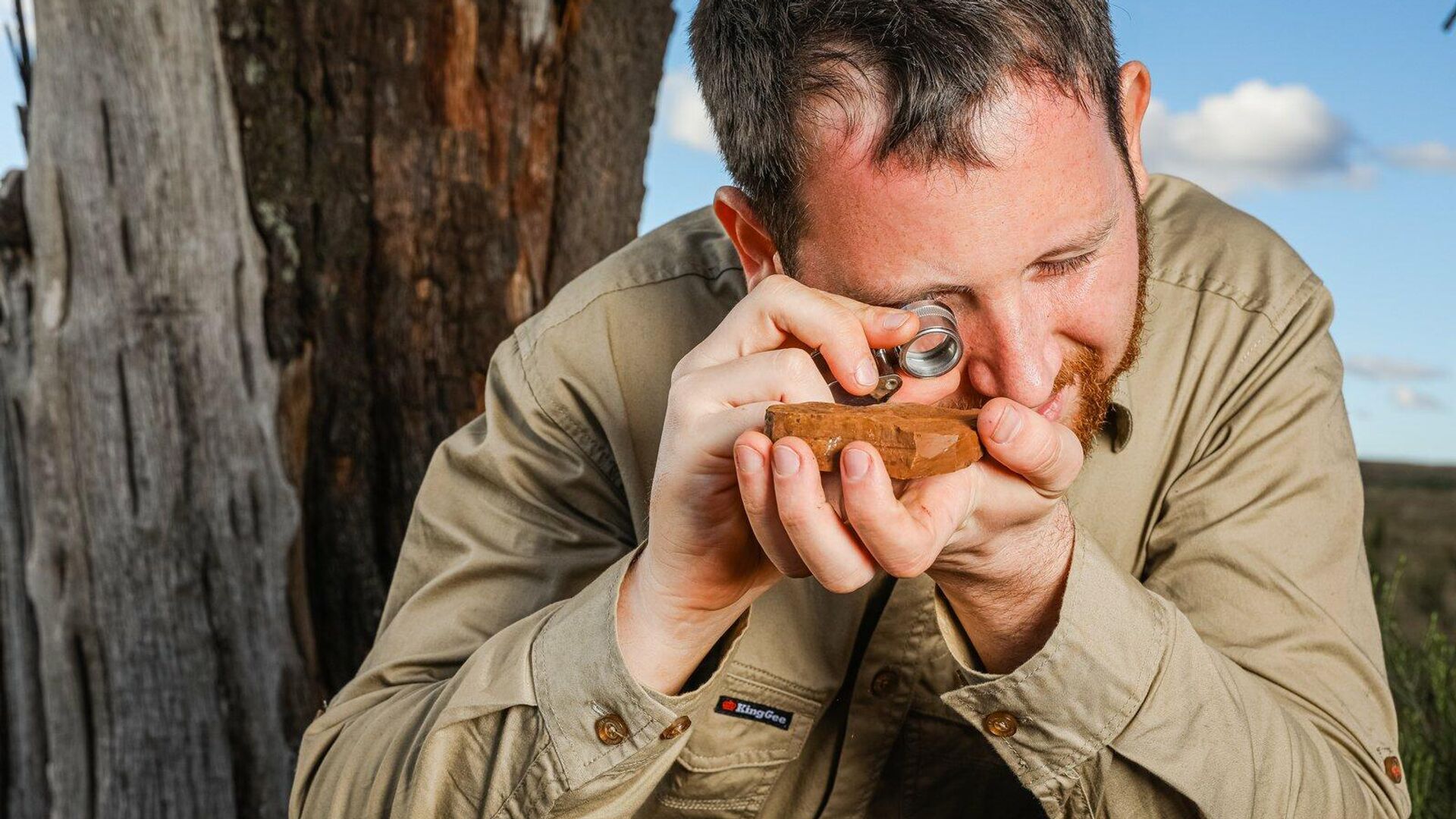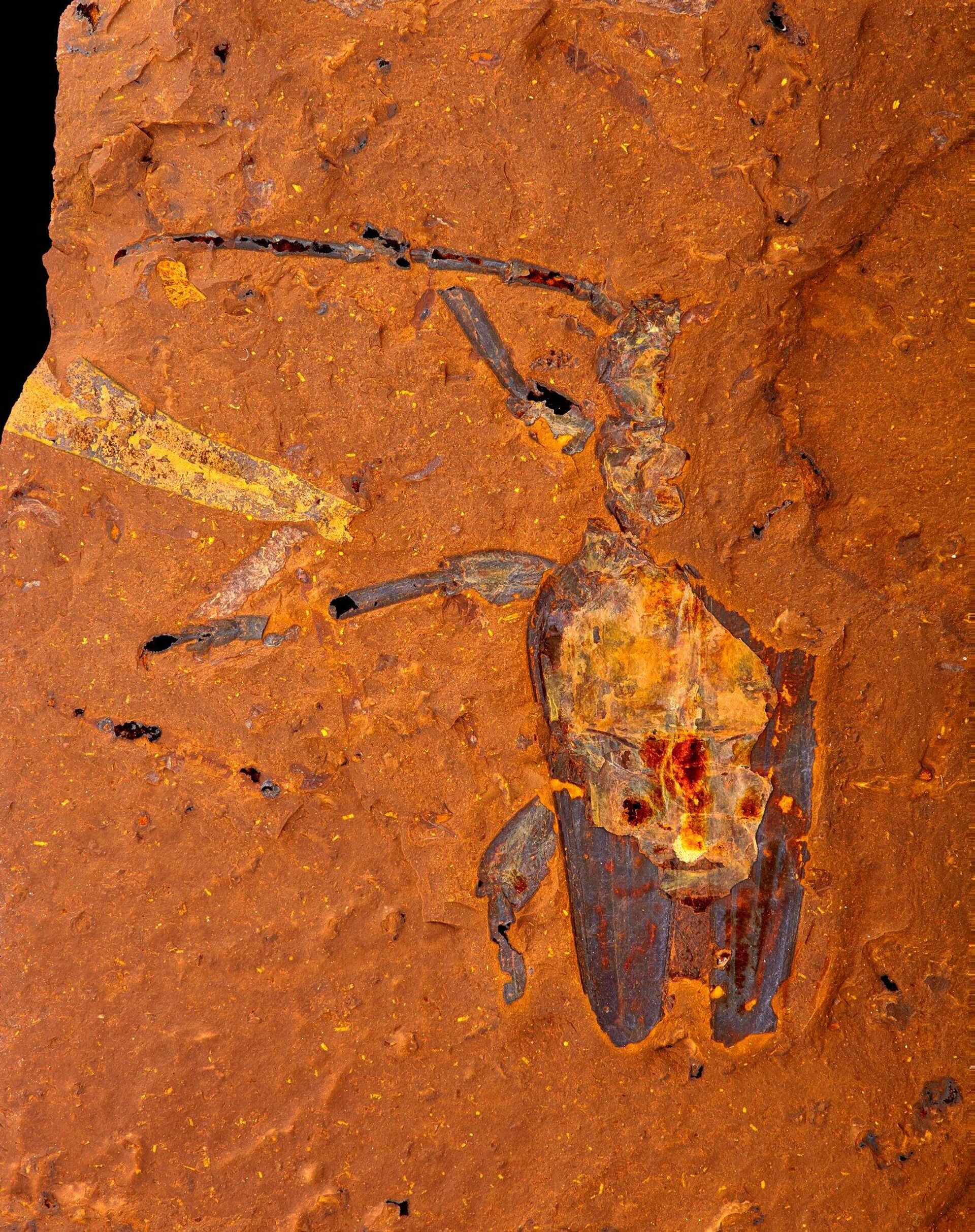Significant Fossil Discovery in Australia Sheds Light on Continent’s Past And Future
21:42 GMT 11.01.2022 (Updated: 13:32 GMT 06.08.2022)

© Salty Dingo
Subscribe
A treasure trove of fossils discovered in Australia's outback sheds light on an era of abundant life in a region that is currently desolate. The extremely well preserved fossils contained new species, pollen spores, stomach contents and cells that will even allow scientists to know the color of the specimen.
The fossils, discovered at McGraths Flat, near the New South Wales town of Gulgong, have reportedly been dated as being between 11-16 million years old. The fossils prove that the region, now an arid desert, was home to an ancient rainforest.
According to the Australian Museum (AM) and University of New South Wales (UNSW) paleontologist Dr. Matthew McCurry, “Many of the fossils that we are finding are new to science and include trapdoor spiders, giant cicadas, wasps and a variety of fish.”

Ancient fossil of Longhorn beetle
© Michael Frese
McCurry added, “Until now it has been difficult to tell what these ancient ecosystems were like, but the level of preservation at this new fossil site means that even small fragile organisms like insects turned into well-preserved fossils.”
Associate professor Michael Frese, who first imaged the fossils, explained how the research team was able to achieve the findings’ deep level of detail: “Using electron microscopy, I can image individual cells of plants and animals and sometimes even very small subcellular structures.”
He added, “The fossils also preserve evidence of interactions between species. For instance, we have fish stomach contents preserved in the fish, meaning that we can figure out what they were eating. We have also found examples of pollen preserved on the bodies of insects so we can tell which species were pollinating which plants.”
The team was also able to reconstruct the color and patterns of birds and fish through the discovery of melanosomes.
The cache of fossils includes specimens of insects, spiders, birds, and fish and will better help scientists understand ancient ecosystems in the region and the ramifications of a rapidly changing climate.
The executive director for science at the Royal Botanic Gardens Victoria, David Cantrill, believes the discovery of the fossils could help Australia better understand its future.
“The McGraths Flat plant fossils give us a window into the vegetation and ecosystems of a warmer world, one that we are likely to experience in the future. The preservation of the plant fossils is unique and provides important insights into a time period for which the fossil record in Australia is rather poor,” Cantrill said.
The specimens resemble many of the animals and plants found in Australia’s northern rainforests. According to the prehistoric pollen samples, the region showed signs of drying out as the climate began to cool during an era known as the Miocene epoch. The period was a warmer geological era than today, but continued to cool, giving way to the Pleistocene epoch, commonly known as the Ice Age.
